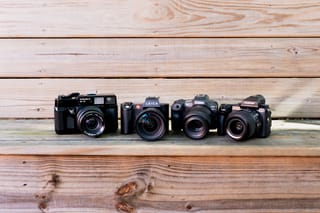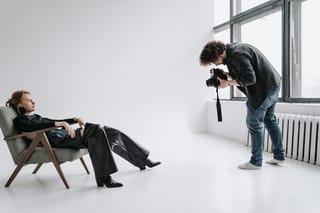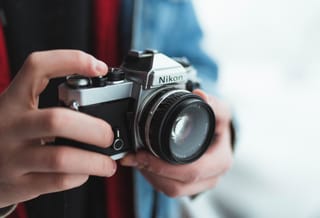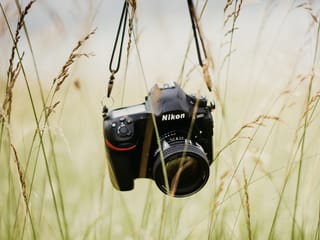
Photographing wild animals can be fun and results in absolutely stunning photos — but it also requires a lot of hard work. After all, you’ll be working with fast-moving subjects that you can’t pose yourself, and there are no “do-overs” in the wild.
In wildlife photography, you’ll need patience, precision — and the right equipment.
Below we’ll go over our favorite wildlife photography cameras, as well as how to choose the right lens and other gear recommendations.
Top Cameras
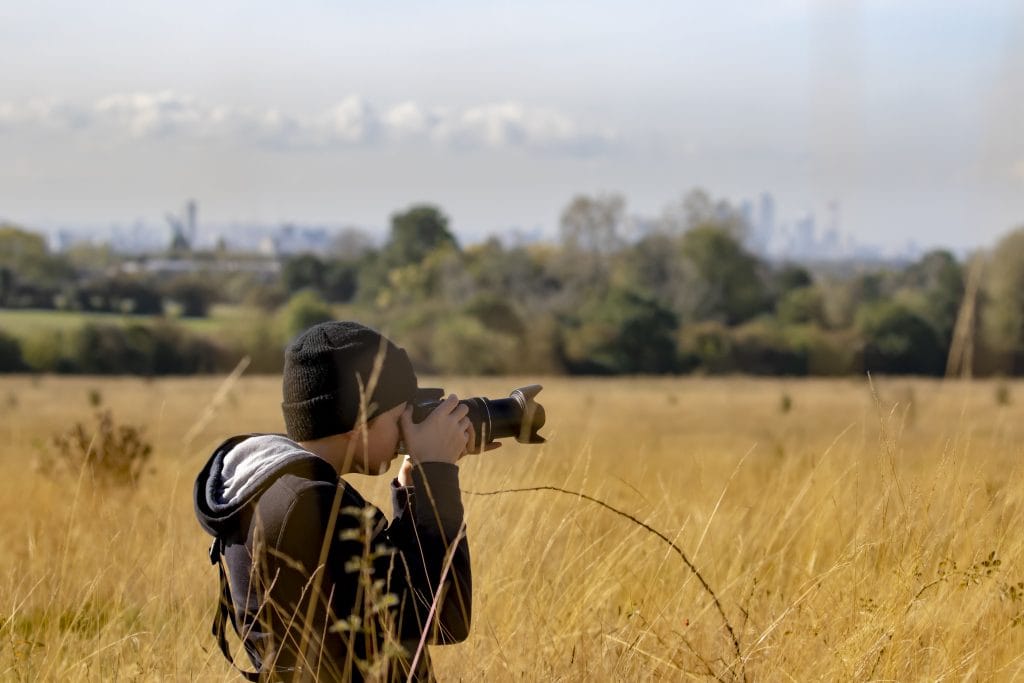
Beginner and budget-friendly options
When starting out, you may want to start with more budget-friendly camera body options that will still allow you to achieve incredible image quality. Nikon and Canon offer a few of the best camera options for aspiring wildlife photographers.
Nikon D500
The Nikon D500 is a top choice as it’s weather-sealed and has a durable build quality that can withstand inclement weather and extended use in the elements. The D500 offers 10 frames per second (fps) continuous shooting, 99 selectable autofocus points, 4k video, dual SD card slots, built-in WiFi and Bluetooth, and electronic vibration reduction.
Nikon D7200
The Nikon D7200 is an even more affordable alternative to the D500, however some photographers find it less durable since the D7200 doesn’t have weather sealing to protect your gear against adverse weather conditions. But if you plan to primarily shoot in fair weather, the D7200 is an excellent option.
Canon 7D Mark II
The Canon 7D Mark II is a durable weather-sealed professional-level APS-C camera optimized for action photography. The 7D Mark II offers an impressive 10 frames per second burst rate which is fantastic for action shots. It also has a 65-point autofocus system which makes it great for focusing on wildlife to get that perfect shot.
Favorites of professionals
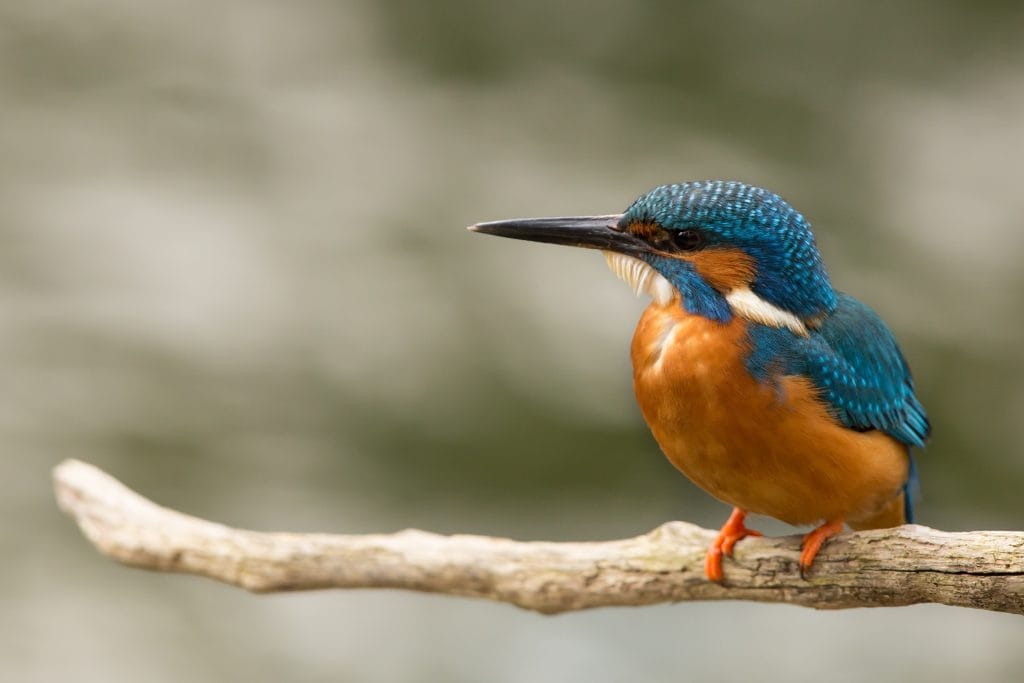
These high-end options might have a larger price tag, but they are certainly worth it — offering the features and quality that a professional photographer will need in the field.
While Nikon is a great brand for wildlife photography, brands like Canon and Sony definitely hold their own. Here are some of the top choices from these brands.
Nikon
Nikon Z9
While the price point may be a deterrent to some budding photographers, the Nikon Z9 is an overall powerhouse. This mirrorless option offers a staggering burst rate of 20 fps, a 45.7 megapixel full-frame sensor for extremely detailed shots, a native ISO range of 64-25600 making it great in low light, and noise reduction for crisp shots without any distortion. The Z9 even offers an advanced animal eye AF system, which is very important for wildlife images.
Nikon D6 and D5
The Nikon D6 and D5 are ruggedly designed DSLRs and optimized for high-speed shooting and autofocus performance, important advantages when you’re out in the elements with no opportunity to re-do that missed shot of your favorite animal. And while the D5 already had a notable 12 fps continuous shooting speed, the D6 upped the ante with an incredible 14 frames per second burst rate!
Nikon D850
The Nikon D850 is a well-rounded high-resolution professional DSLR camera with the versatility and toughness to handle demanding assignments. The D850 has a 45.7 MP sensor, tilting touchscreen display, and 4K video.
Nikon Z7
The Nikon Z7 was Nikon’s first take on a mirrorless system and, though it lacks some of the features of the Z9 like its remarkable autofocus tracking, it still offers notable features at a fraction of the price. The Z7 has a 45.7MP full-frame BSI-CMOS sensor, in-body image stabilization, and 9 fps continuous shooting.
Canon
Canon IDX
The Canon 1DX line of cameras are high-performance DSLR cameras built for extreme environments. This line also boasts impressive autofocus capabilities making them great options for wildlife photography. The IDX Mark II also offers the same 14 fps burst rate as the Nikon D6.
Sony
Sony A9 and Sony A1 series cameras
Sony’s A9 and A1 series cameras are extremely capable pro mirrorless options great for this type of photography. Sony has been on the forefront of mirrorless camera technology for years and offers a notable lineup of cameras with impressive features. However, one disadvantage is the relatively limited selection of new and used large aperture telephoto lenses available for the system compared to the Canon and Nikon cameras.
Top Lenses
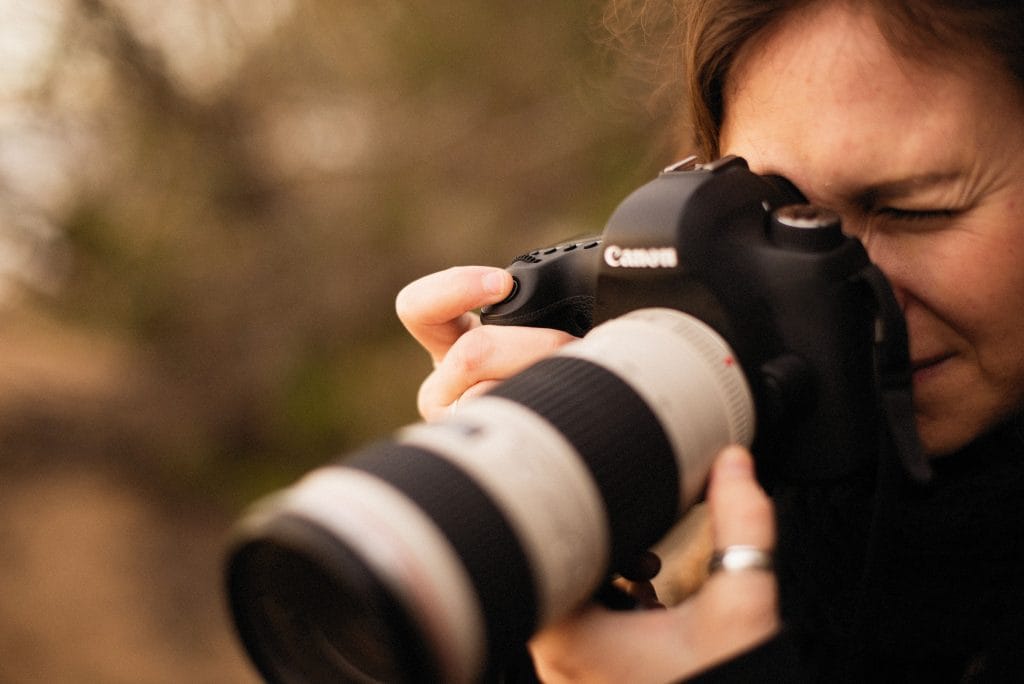
Arguably one of the most important pieces of equipment for wildlife photography is your lens. Most wildlife photographers will choose a telephoto lens, which makes it easier to capture close-up images of wildlife from far away.
Investing in a good telephoto lens up front will end up saving you more money than gradually purchasing more lower-quality lenses. A great option is to buy used and then trade in your gear for a more expensive option when you’ve improved your skills and have more experience. There are plenty of reviews and buying guides online to help you choose the best telephoto lens for wildlife photography.
Beginner and budget-friendly options
A native system prime lens like a Canon or Nikon 600mm may be out of the price range of a beginner, but if you want a similar optical performance in a slightly lighter lens at a lower price, you may want to consider 500mm f/4 lenses.
If you’re on a budget and need a smaller lens to save space, third-party super zooms like the Tamron SP 150-600mm f/5-6.3 or the Sigma 150-600mm f5-6.3 are good alternatives.
Favorites of professionals
A prime lens like the Nikon 600mm f/4 is a super fast telephoto lens that lets in a lot of light and creates creamy bokeh to draw attention to your main subject.
Other Gear
Other important gear includes extra SD, XQD, or CFexpress cards, teleconverters, a camera bag, a tripod or monopod, binoculars, extra batteries, a memory card, and a rain cover for your gear.
Photography Gear Considerations

When it comes to choosing the best photography gear for wildlife there are some specific considerations to keep in mind.
One such consideration: the type of wildlife you want to photograph. Different animals require different types of gear. For instance, if you specialize in bird photography, you may want a longer lens focal length. And if you want to photograph fast land animals like a cheetah, you’ll want a camera with ultra-fast burst mode speeds.
Camera and lens specifications and features that many wildlife photographers prioritize are:
- Fast continuous shooting speeds
- Higher megapixel sensors to capture superb detail
- Silent shutter options for capturing more skittish animals
- Long battery life
- Weather-sealing to protect against the elements
- Precise and fast autofocus options to lock in on moving subjects
When it comes to lens focal lengths, many will opt for a super long focal length to allow them to capture wildlife from a safe distance while also creating plenty of depth of field to make the animal stand out in the image.
Find the Right Wildlife Photography Gear For Your Next Adventure
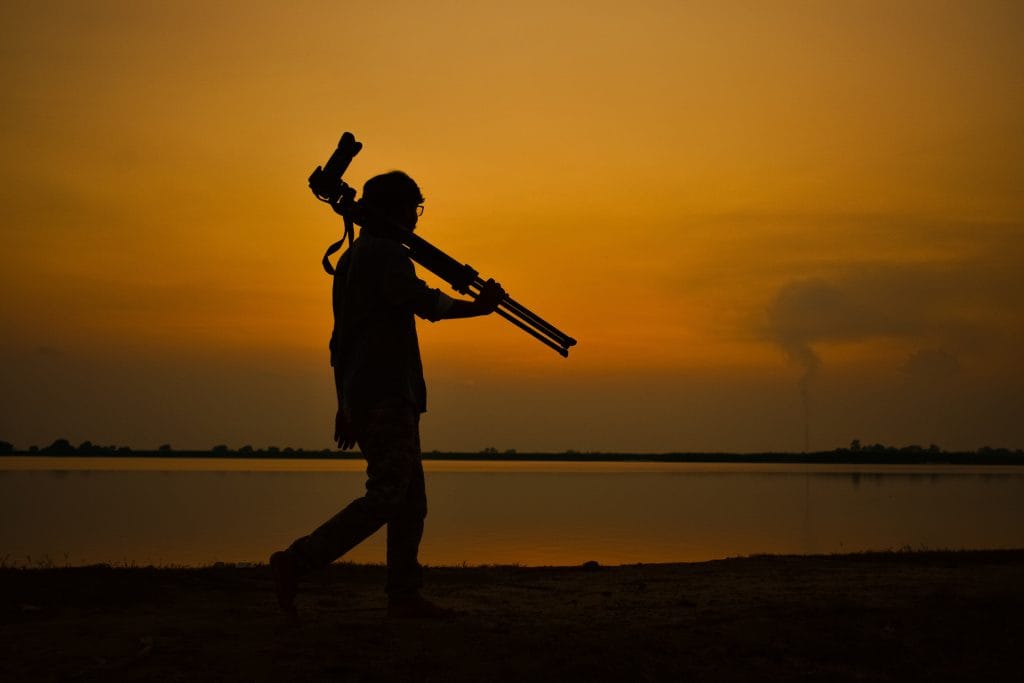
Whether you’re a budding enthusiast or a seasoned professional wildlife photographer, get ready for your next adventure by shopping high-quality used digital cameras and lenses from KEH Camera. Want to learn more about capturing stunning wildlife photos? See our wildlife photography tips, and read our interview with professional wildlife photographer and KEH team member Eddie Ramirez.

